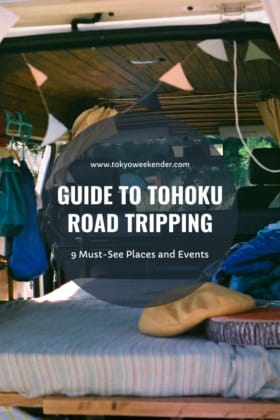Famous for its hearty food, energetic festivals and eccentric traditions, the region maintains a mysterious and difficult-to-access reputation – perfect for exploring by car. Based on her own journey, Denica Shute breaks down the road trip into nine must-see places and events.
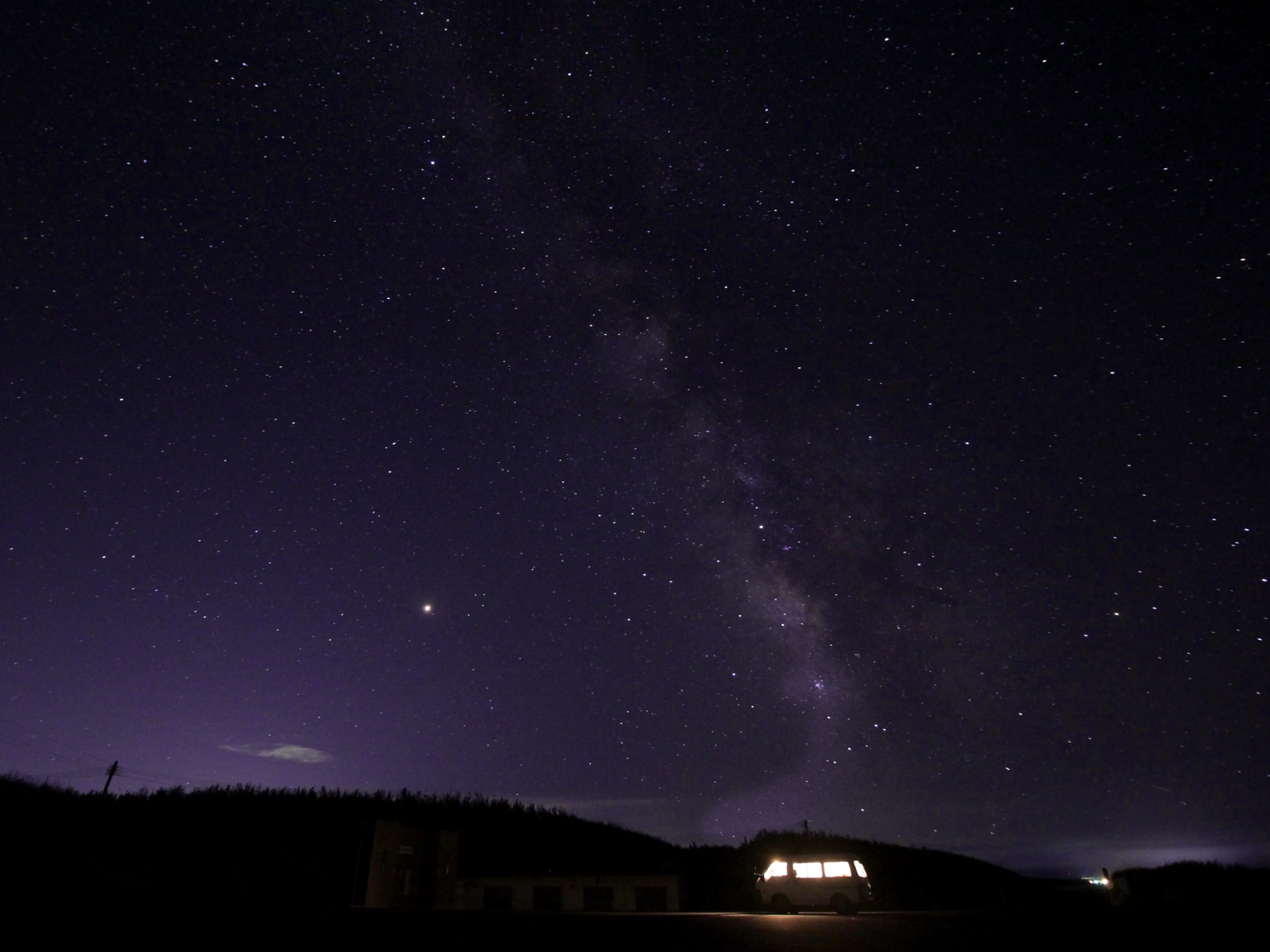
Sleeping on a deserted beach with the Milky Way glittering above you, slipping into the steaming water of a remote onsen or eating your weight in hearty, northern food can all be done in Tohoku. But for those who like their vacations impulsive, can go days without seeing a soul, and are willing to sleep on their backseats, exploring Tohoku by car reveals hidden corners and strong communities.
 Morioka Sansa Odori
Morioka Sansa Odori
With short summers and a strong community focus, the local matsuri (festivals) of the region are famous for their electrified atmospheres. For us, the Morioka Sansa Odori was also the perfect tonic after a six-hour drive from Tokyo to Iwate Prefecture. Hosted in Morioka city in early August each year, this is the world’s largest drum festival: 10,000 performers strap taiko drums to their stomachs, competing in some 230 groups, performing a fast-paced dance. We loaded up on festival food, sat on the curb and watched them go. When the competition section was over, the groups galvanized into Wa-Odori, a dance performed in a circle around the musicians and which anyone is welcome to join. The locals were happy to teach us the moves.
We parked at a free festival parking area during the event, then washed up at the luxurious Kimori Onsen (kimorinoyu.com) across town. There was a pretty big sleeping area across the road so we rested there for the night.
More info at www.sansaodori.jp/pdf/pamphlet_english.pdf
 Tanesashi Coastline
Tanesashi Coastline
Opting for non-toll roads, we had a two-hour drive through the Tohoku countryside to Tanesashi Campsite (hyperurl.co/TWtanesashi). The coastline is a sweep of rocky outcrops and soft grass fields offering camping, forest walks and horse riding. We lazed in the sun, ate plenty of ice cream and walked along the coast to recover from all the driving we’d done.
More info at tanesashi.info/vicinity.html
 Nebuta Festival
Nebuta Festival
Teams of exhausted volunteers swoop and push gigantic Kabuki characters through the crowds. Rolling taiko thunders out across the packed streets. Haneto dancers, with hats piled high with glittering flowers, perform the festival’s backward skip dance while throwing bells to energetic audience members. Internationally famous, the annual Nebuta Festival held in August has managed to maintain its sense of community while having the most energetic and inclusive festival atmosphere I’ve ever experienced.
After a two-and-a-half-hour drive through the misty Towada-Hachimantai National Park, we descended into Aomori city. Luckily, the local council provides Aomori Summer Camp Grounds, a free service as long as you pick up after yourself. Be sure to bring a tent or you’ll be sleeping in the noisy car park across the street.
More info at www.nebuta.jp/news/docs/map-english1.pdf
 Lake Towada
Lake Towada
Kayaking, forest walks and evening barbecues by the still lake, Lake Towada offers the chance for both action and recharging. It’s a popular family getaway, so we found ourselves stumbling upon fireworks shows, eating plenty of apple pies (made with Aomori apples, for which the area is famed) and discovering adventure activities such as cycling Oirase Gorge with rented bicycles.
Upon arrival, drop by the Towada Visitor Centre to make the most of it all, and visit the nearby Marine Blue (marineblue.jp) for apple pie with a view.
Just over an hour’s drive from Aomori, Utarube Camping Grounds (www.city.towada.lg.jp) has camp spots on the lakeside but you’ll have to arrive early to bag a good position. The lake also has no supermarket, so stock up on barbecue food before you arrive.
More info at hyperurl.co/TWtowada-visitor
 Hirosaki Castle via Tanbo Rice Art
Hirosaki Castle via Tanbo Rice Art
Inakadate, a small rural town, holds an annual Tanbo Rice Art exhibition. This is conveniently on the one-hour route from Lake Towada to Hirosaki Castle, a three-story tower you can enter and explore. But Hirosaki’s izakaya are the real gem of the city. Kikufuji, a foreigner friendly restaurant, served us Kaiyaki, a miso, egg, daishi and scallop mixture served in a large scallop shell. That night we parked at Iwaki River and slept alongside snoozing truck drivers.
More info at www.en-aomori.com
 Tsugaru
Tsugaru
An hour’s drive from Hirosaki, Tsugaru is the least populated area of Japan, and home to the isolated Takayama Inari Shrine. A hidden oasis amongst endless rice fields, over 200 red torii gates roll through a well-loved Japanese garden. Only accessible by car, this is Aomori’s answer to Kyoto’s Fushimi Inari Shrine. We stopped at a roadside ramen shop to try Tsugaru Ramen with a niboshi (small dried fish) broth. Parking up at Dekishima Beach for the night, we were treated to a clear view of the Milky Way after a beautiful sunset over the sea.
 Senjojiki Coast
Senjojiki Coast
Stretching between Senjojiki and Juniko stations, this section of coast is rugged and rocky. The shoreline is dotted with natural attractions to explore, like Fukaura lighthouse at low tide, the partly submerged Gangara-Ana Caves, and the island housing Ebisu Shrine. Senjojiki Center (Sakakibara-138-2 Kitakanegasawa, Fukaura, Nishitsugaru-gun, Aomori) was a perfect lunch spot, where we dined on locally caught seafood. Furofushi Onsen is famous for the sea view from its outdoor onsen among the rock pools.
Juniko Station marks the end of the route, but you’re rewarded with a forest walk around the 12 lakes. If you’re short on time you can skip to the deep hues of Aoike (the blue pond). To park for the night, we found a lookout point with a public access toilet.
 Kakunodate Samurai Village
Kakunodate Samurai Village
Once a thriving samurai town of 80 families, Kakunodate is like a time capsule. Broad avenues, imposing wooden gates and weeping cherry trees mark the boundaries between the large family estates, many of which you can enter. Exploring the nooks and crannies of the traditional houses afforded a rare opportunity to not just look into the past, but engage with it too.
After a two-hour drive, we ate creamy miso udon at Hyakusuien, lovingly run by a foreign woman who married into a local Japanese family 20 years ago and offers vegan alternatives to the traditional dishes. After washing up Kakunodate Onsen, we ate kiritanpo, an Akita specialty, in their restaurant next door. That night, we slept alongside the trucks again at Kakunodate Station East Park.
More info at hyperurl.co/TWkakunodate
 Nyuto Onsen
Nyuto Onsen
Folded into the rolling hills of southern Towada-Hachimantai National Park, the sprawling Nyuto Onsen area is difficult to access, full of challenging hikes and holds an unchanged 400-year-old onsen. We spent our first full day among the mountain tops, hiking Mt Akita-Komagatake (1,600m), overlooking the caldera and Lake Tanazawa in the distance.
Afterwards, we visited Tsurunoyu Onsen (www.tsurunoyu.com/english.html) to enjoy its thatched roofs, milky white waters and absence of electricity. Slipping through a large crack in the cave wall, my modesty protected by a strategically grown tree, I dipped into the opaque waters in the mixed-gender main pool.
Although you’ll need a car to travel between all parts of Nyuto Onsen, Kyukason Nyutoonsenkyo Campsite (www.qkamura.or.jp/nyuto/camp) has great facilities and is only an hour’s drive from Kakunodate.
More info at ryokan.glocal-promotion.com
Updated On December 26, 2022

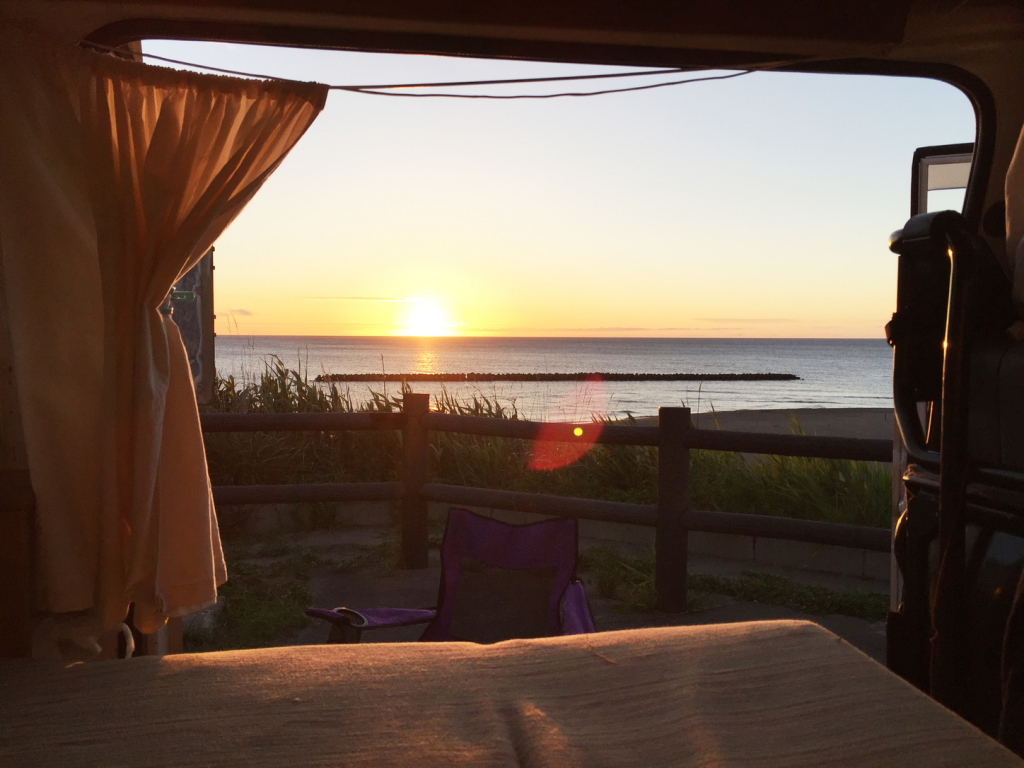
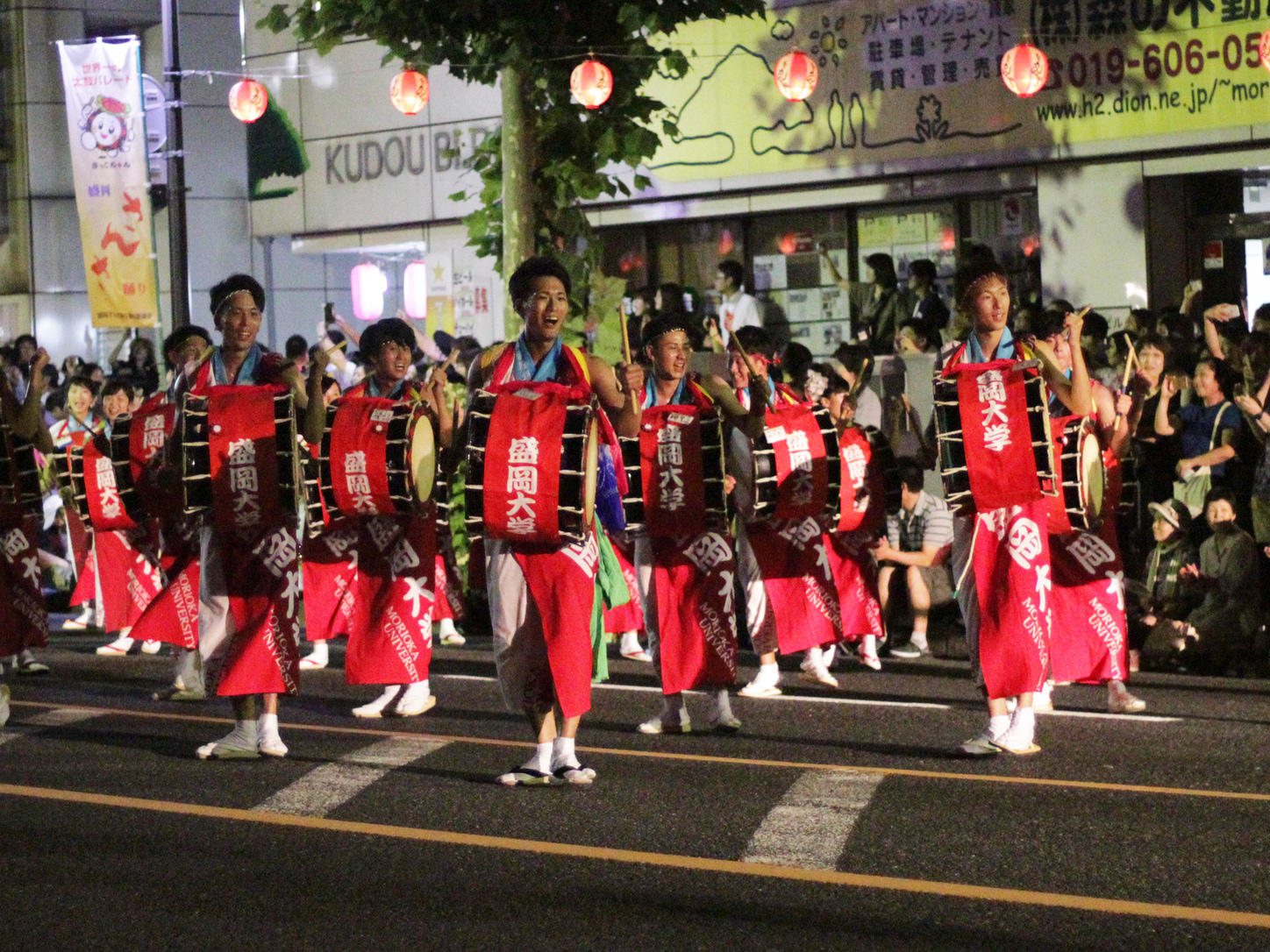 Morioka Sansa Odori
Morioka Sansa Odori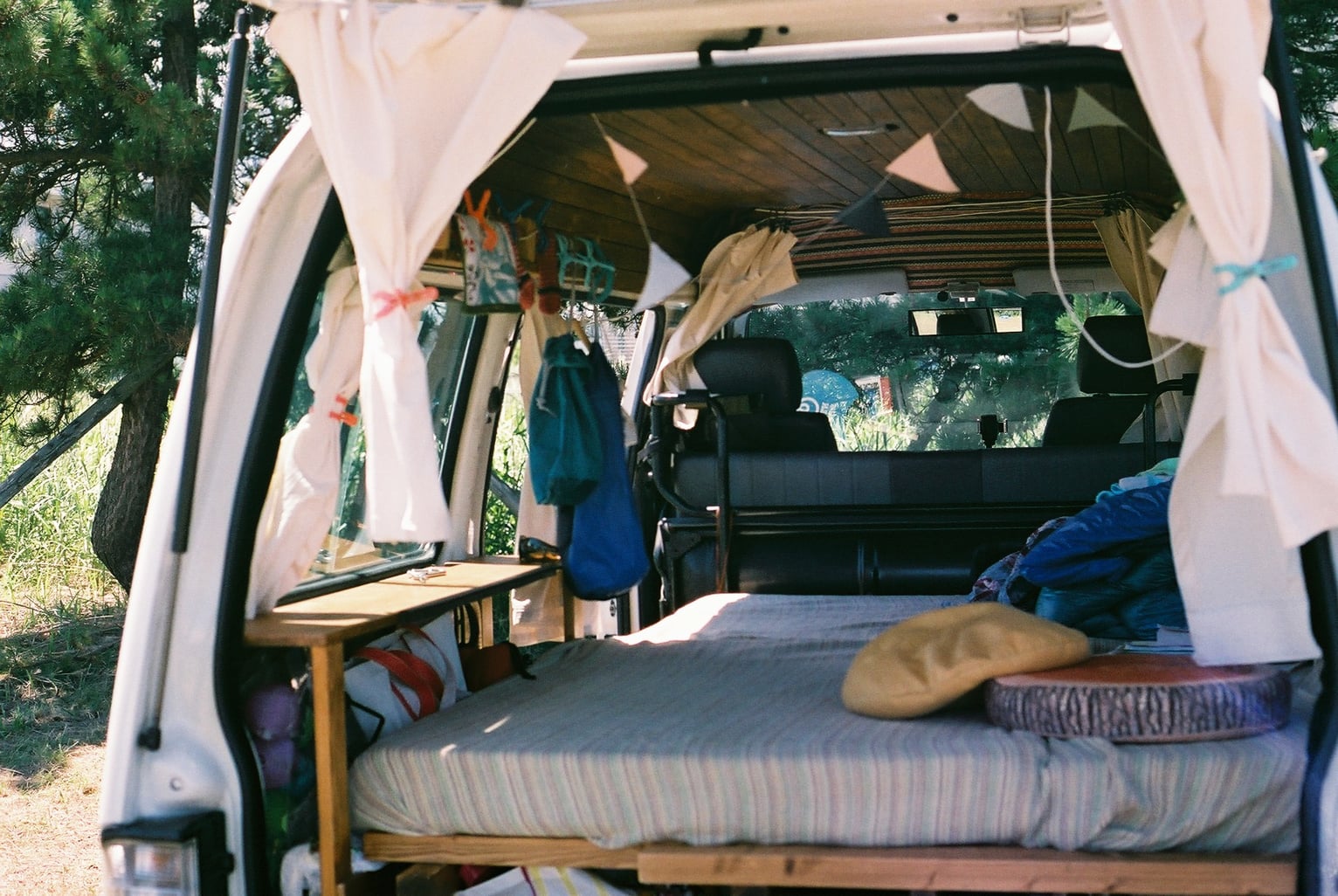 Tanesashi Coastline
Tanesashi Coastline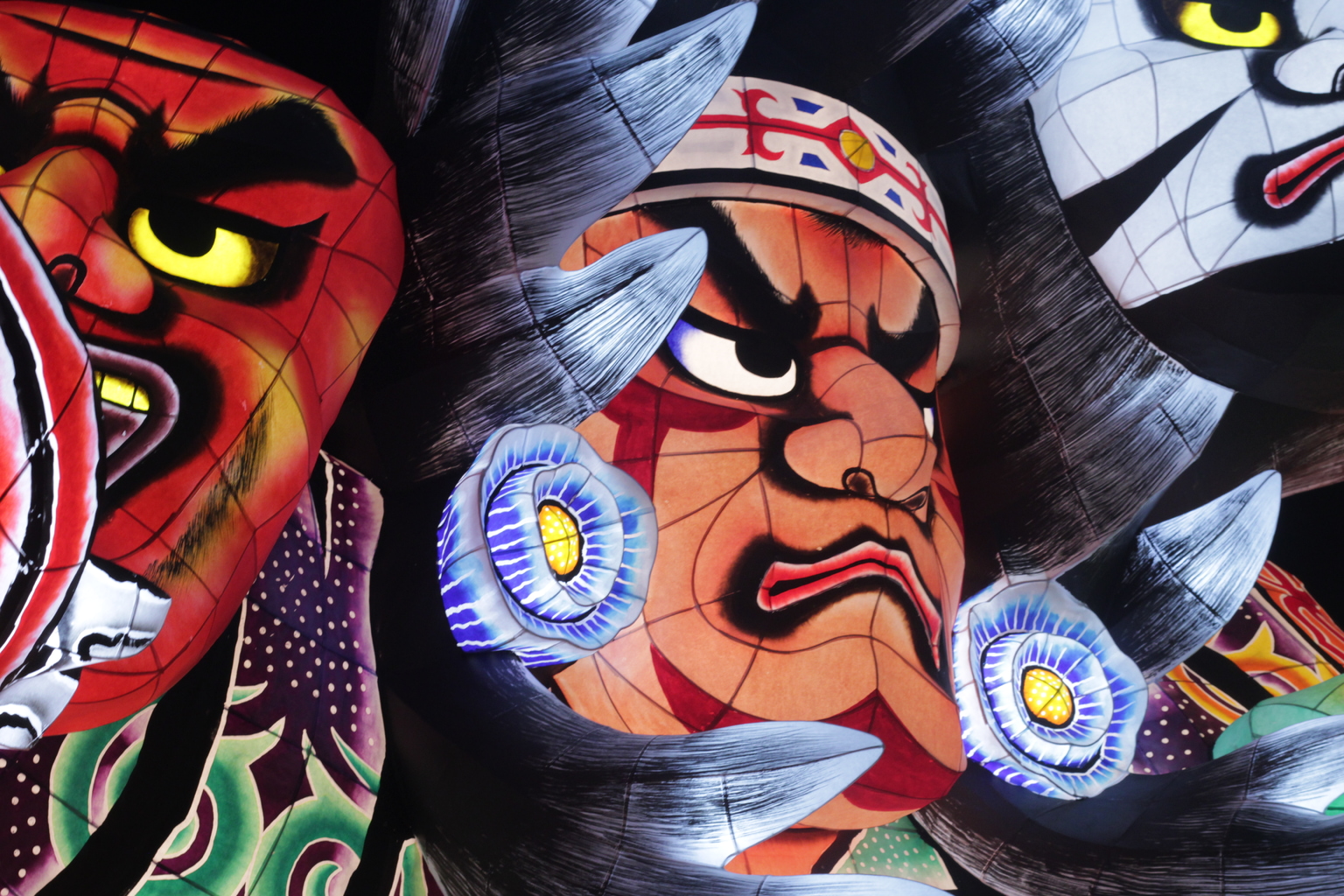 Nebuta Festival
Nebuta Festival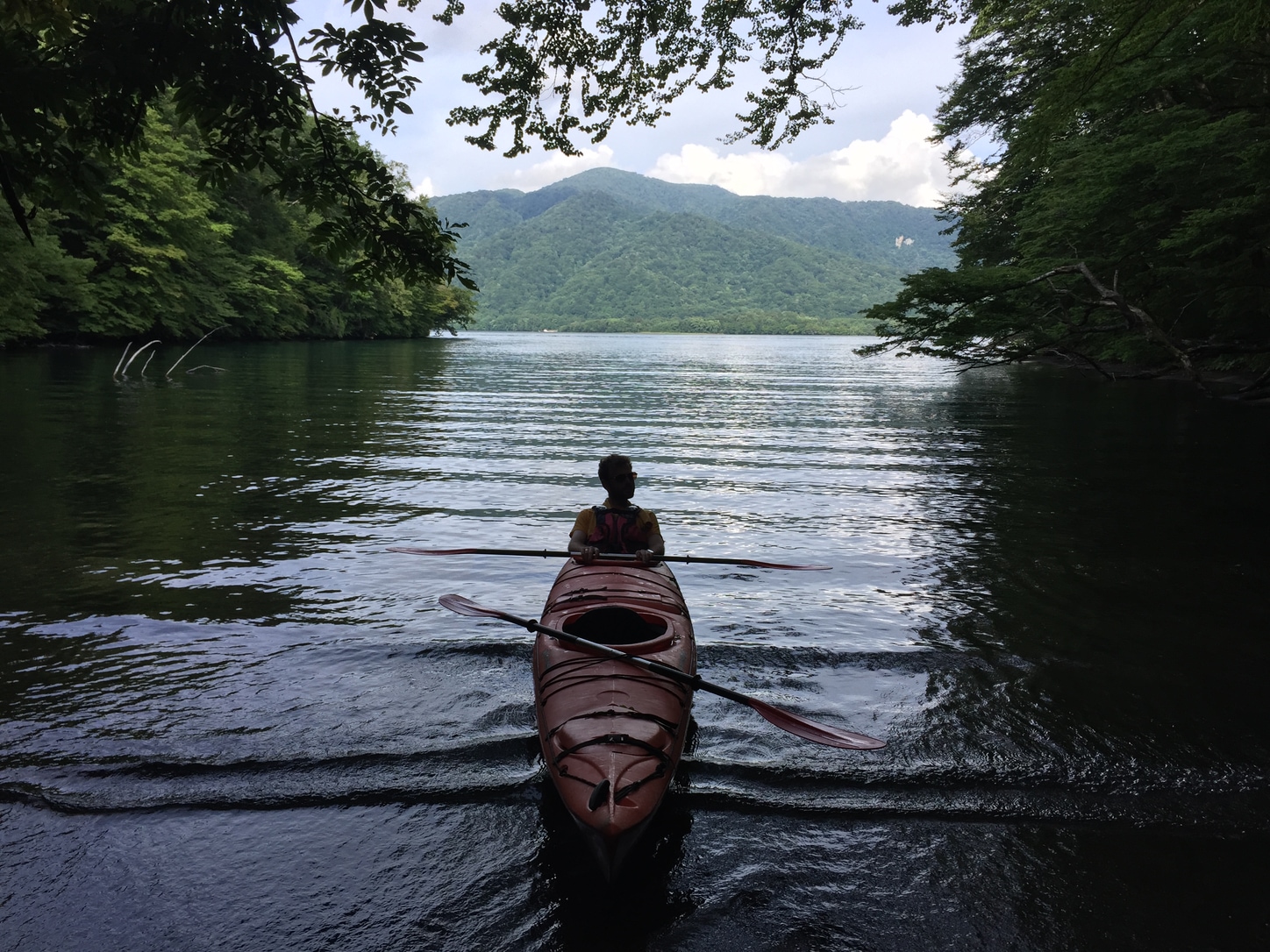 Lake Towada
Lake Towada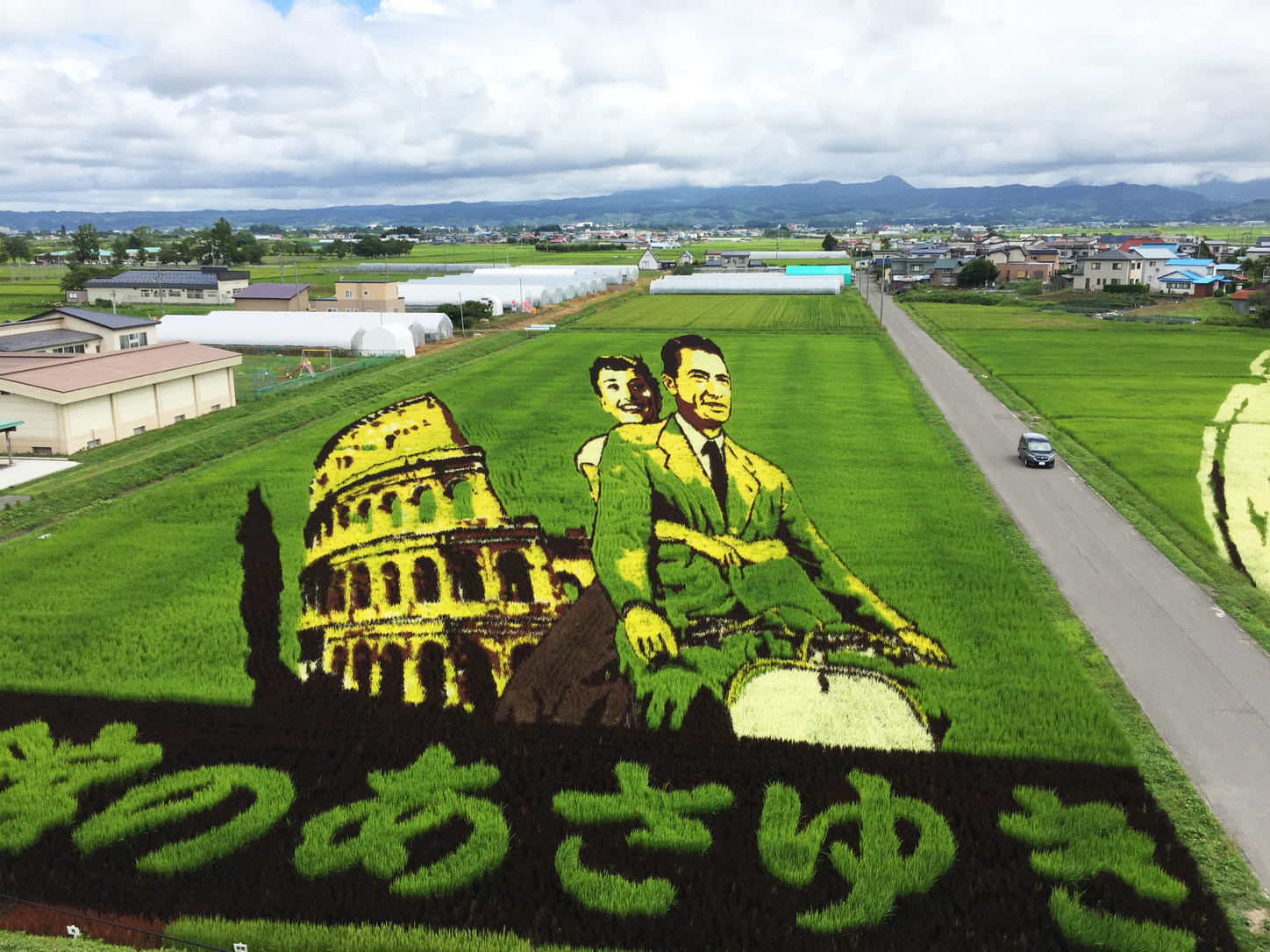 Hirosaki Castle via Tanbo Rice Art
Hirosaki Castle via Tanbo Rice Art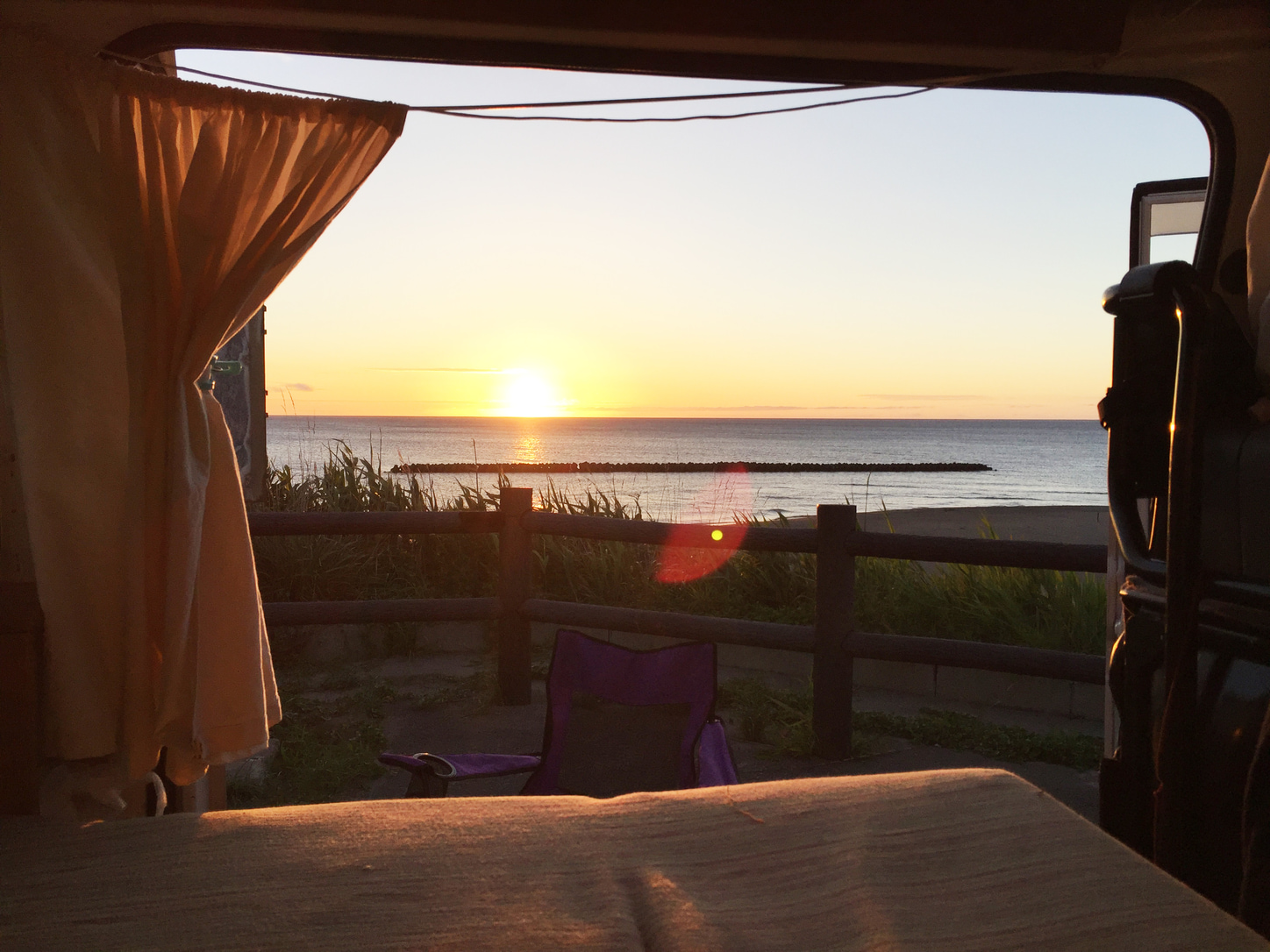 Tsugaru
Tsugaru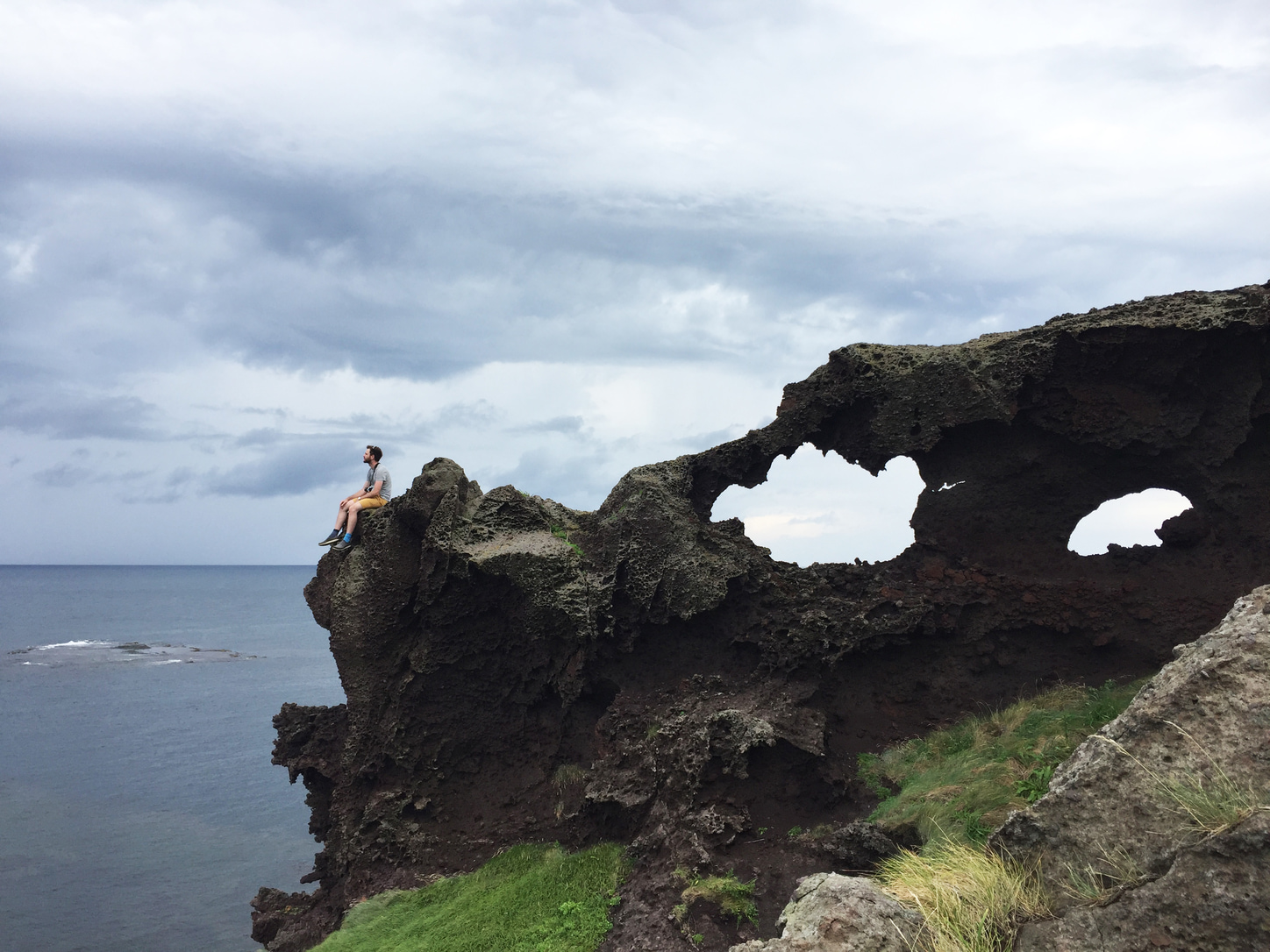 Senjojiki Coast
Senjojiki Coast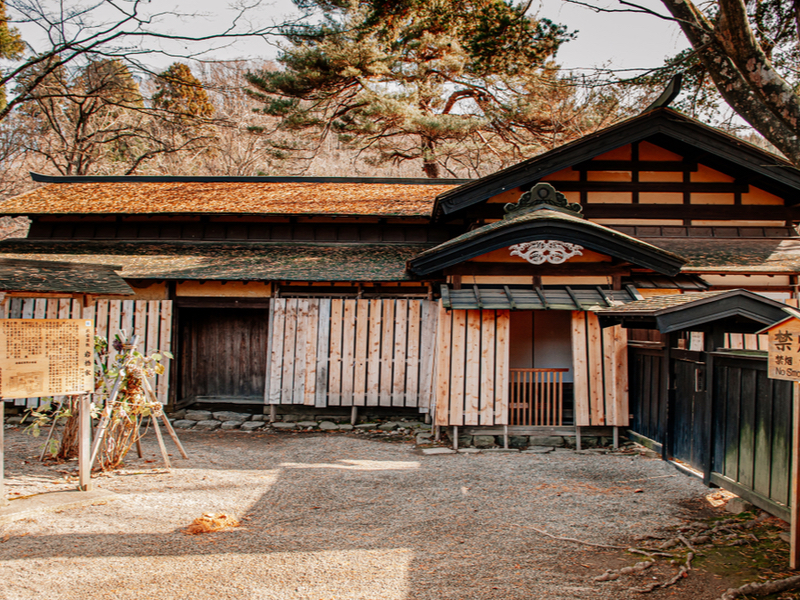 Kakunodate Samurai Village
Kakunodate Samurai Village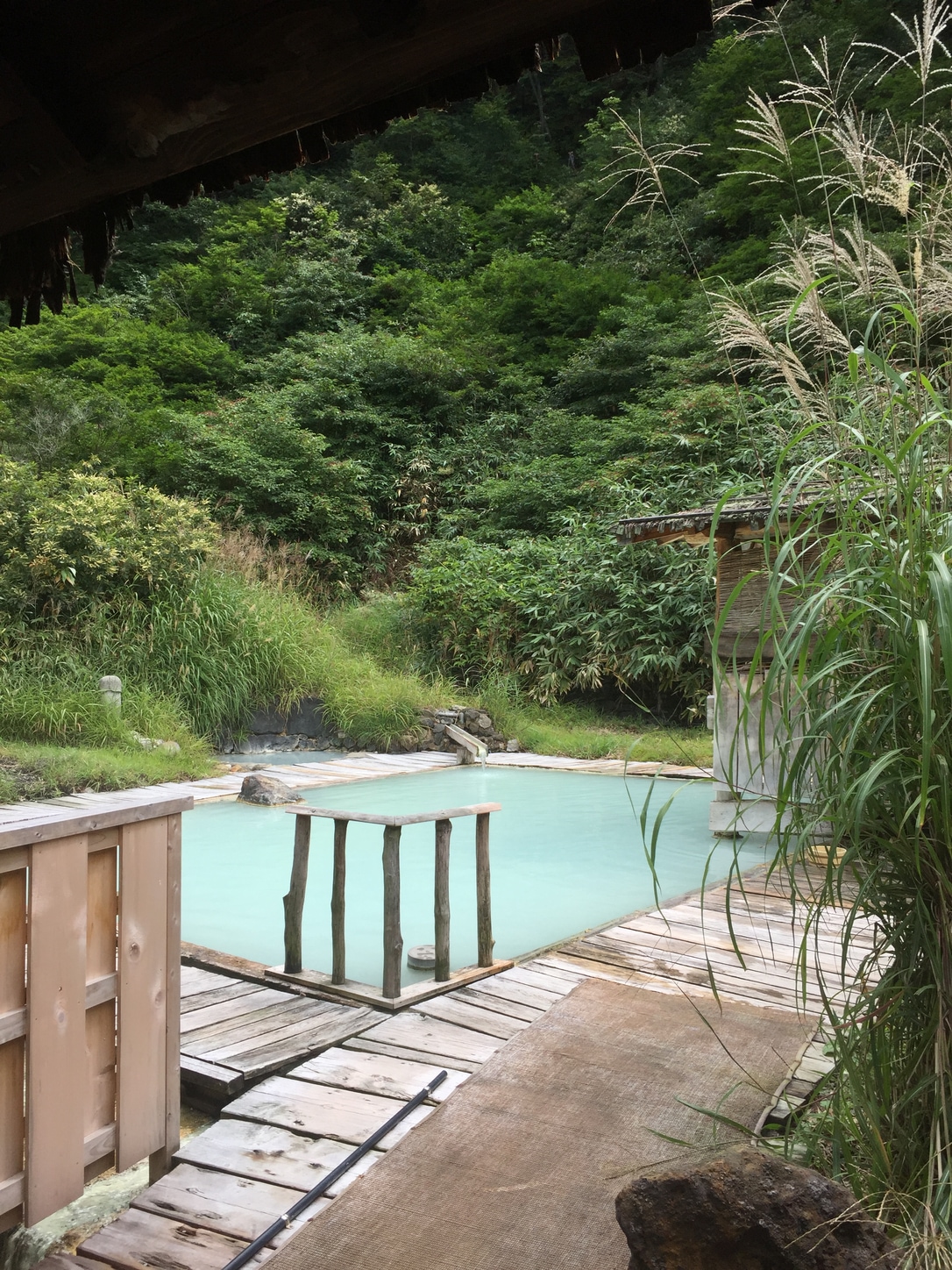 Nyuto Onsen
Nyuto Onsen